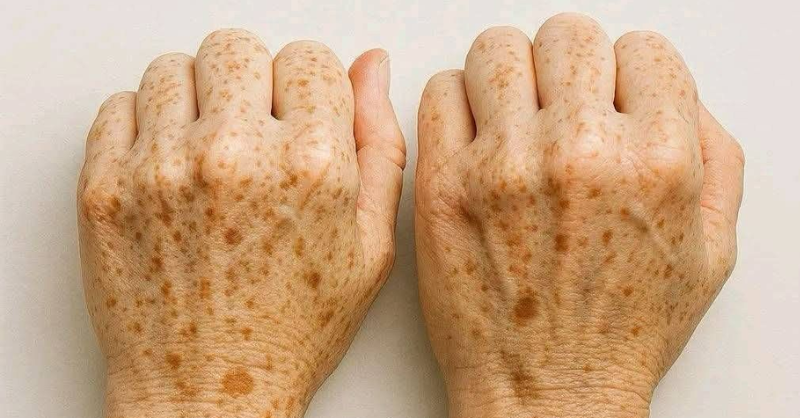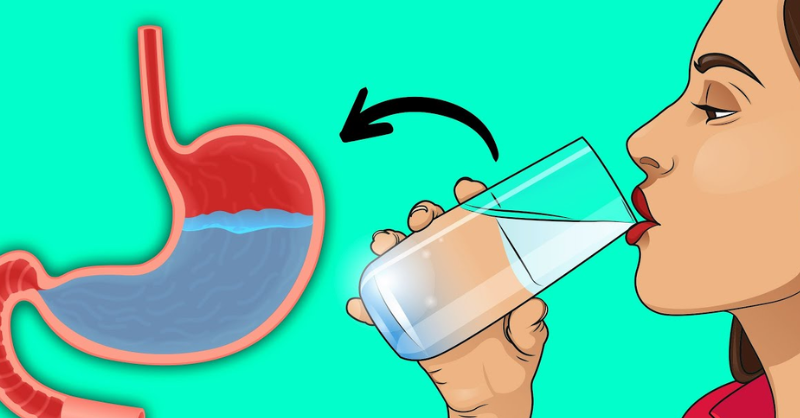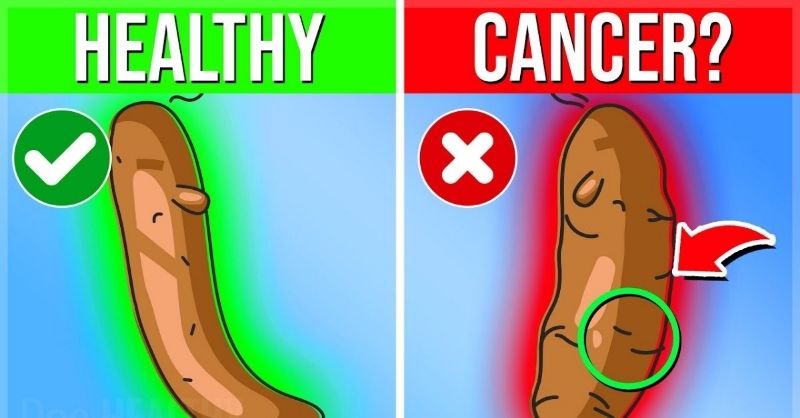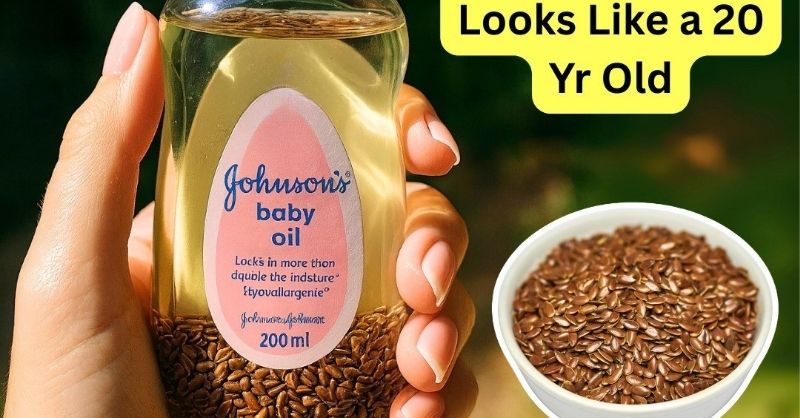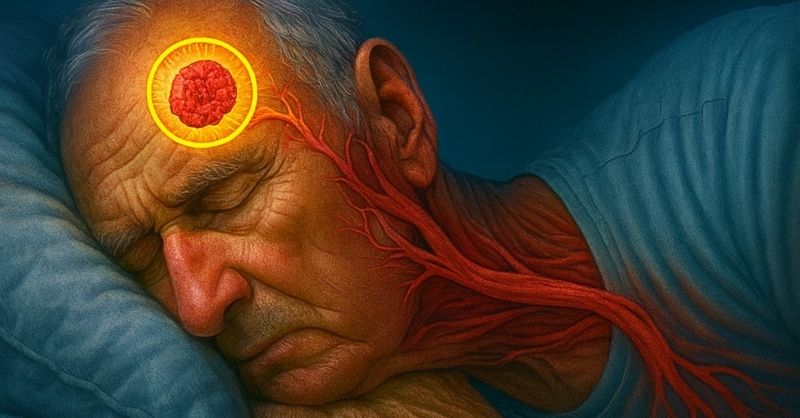
For many men past 50, meals often look the same: fish soup in the morning, pork fat with garlic at lunch, and borscht with smoked meats at night.
Tasty, yes—but ten years later, a stroke or heart issue is often the price. At that point, when the nightstand fills with pills, it’s worth asking: what am I actually putting on my plate each day?
Why “Tasty” Turns Harmful With Age
A man at 30 and a man at 55 live in different bodies. At 30, greasy food is just fuel. At 55, it can spark a health crisis. Here’s why:
Metabolism slows by nearly 30%
The liver and pancreas can’t handle heavy fats
Blood thickens, vessels weaken, raising heart attack risk
One bad meal can set off a cascade of health problems
As one cardiologist put it: “At 30, you could load your borscht with pork fat and feel fine. At 55, it means dizziness and a health scare. The problem isn’t the dish—it’s your age.”

Common Mistakes Men Make
1. Fried potatoes with meat
Yes, it fills you up, but frying produces carcinogens and the combo causes sugar spikes and lipid stress. The pancreas and gallbladder suffer most.
Better choice: roast potatoes with herbs, paired with fish or chicken.
2. Pork fat and bread
A nostalgic snack, but pork fat clogs arteries and bread adds insulin spikes that lead to fatigue and overeating.
Better choice: enjoy pork fat occasionally, thinly sliced with herbs, but skip the bread.
3. Three courses plus compote
Stuffing yourself isn’t nourishment. Overeating strains digestion, spikes insulin, and leaves you drowsy. Sugary compote finishes the pancreas off.
Better choice: one light dish, like soup or fish with vegetables. Save dessert for later.
4. Sweet tea after meals
Tea with sugar only worsens blood pressure, swelling, and fatigue.
Better choice: water with lemon, unsweetened herbal tea, or fresh berries if you need sweetness.
5. Skipping breakfast, feasting at night
Morning stress and evening overload wreck blood pressure, sleep, and hormones.
Better choice: protein and fiber in the morning (eggs, oatmeal, vegetables), lighter meals in the evening (fish, kefir, stewed vegetables).

What Really Helps After 50
Use plant oils like flaxseed, olive, or pumpkin
Cut salt, sugar, and processed meats
Eat protein daily in moderation (100–150 g per meal)
Lighten your diet 1–2 days a week to give your body a break
Add more vegetables, greens, fiber, and water—less sausage and pastries
Eat until satisfied, not stuffed
“After 50, you don’t just eat—you fuel your body. Food is not a party, it’s fuel. Good fuel,” says a nutritionist.
The Bottom Line
Food becomes either prevention—or diagnosis. After 50, the consequences of poor choices come quickly. One heavy lunch can cost a week of health.
So ask yourself: keep eating like you did at 20—or live longer? Pork fat with bread might taste good, but one heart attack costs more. Baked fish with herbs and a spoonful of good oil is not only healthier but tastier, if seasoned with the right attitude toward yourself.
